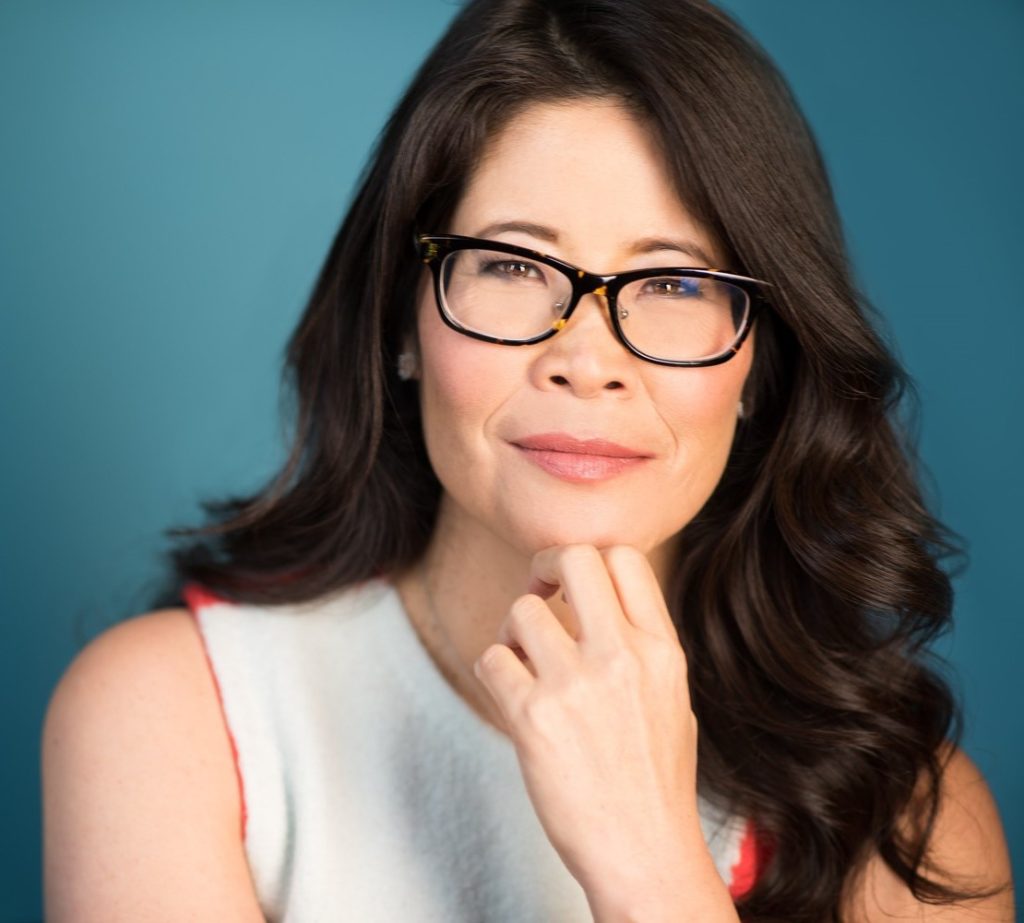I had the opportunity to interview the author of Good Anxiety: Harnessing the Power of the Most Misunderstood Emotion, Dr. Wendy Suzuki. Check it out below and read my review of Good Anxiety for a deeper dive into the book!
What sparked your initial interest in neuroscience research?
There was a very specific event that happened that made me want to become a neuroscientist. On the first day of my freshman year in UC Berkeley, I walked into my freshman seminar class called “The Brain and Its Potential”. I didn’t know it at the time but it was taught by a world-renowned instructor named Marian Diamond. She talked about the human brain and how it is the most complex structure known to humankind and how its circuits and its anatomy can change in response to its environment. I thought that was the coolest thing I had ever heard in my entire life and I thought that she was the coolest woman scientist. By the end of that class, I decided I wanted to become a neuroscientist.
How was your experience writing this book, especially with the emotional family stories?
It was really interesting. I felt like I came into my own as a writer because my first book, Healthy Brain, Happy Life, was more of a science memoir, my story. I thought that I had told my story. But then I started to notice levels of anxiety in my NYU students and saw it in my friends, my colleagues, in myself. I was not known for conducting studies about anxiety but I’m a scientist so I decided to explore that. It was also just so interesting to realize how much shame there is about this emotion and shame around you if you might have a mental illness. I like bringing forward the idea that so many people have this emotion, it’s a normal human emotion. It can evolve into a clinical disorder where you might need medical help, just like you would need medical help if you broke your leg. But it is so incredibly common that part of this book was a friendly invitation to consider your own anxiety and take it off that shelf of, “I’m scared of it, It’s a mental disorder” and learn about it. And learn how to use it in your life which is obviously one of the main themes of the book.
What made you want to focus on helping people with anxiety versus other mental illnesses?
The prevalence – clinical levels went up from about 18% to almost 30% over the pandemic even though I wrote the book before the start of the pandemic. You write about what you experience. Observing the levels of anxiety in my students and realizing it was all of us responding to our world that has been filled with more and more anxiety triggers – it’s hard to get away from it. I wanted to try and go into areas where I thought that science and my background could do the most good. Out of all of them, I thought that this was one that could have the most impact.
What is your personal favorite strategy to help cope with anxiety?
I think that there are approaches that you can use right now – for that I turn to breath work. I recommend a 4-part box breathing which is inhaling on a 4-count, holding at the top for 4-counts, exhaling on a 4-count and holding at the bottom. That’s the best way to activate your de-stressing part of your nervous system, the parasympathetic nervous system. Next on that list is moving your body, going on a walk outside – that also has immediate access to de-stressing. I always start with the breathing because you can do that in the middle of an anxiety provoking situation. It’s hard to go on a walk in the middle of an anxiety-provoking conversation. But if you asked me, “What is the most powerful one that I work the hardest at using and developing myself?” it is the mindset power that I talk about so much. The key is being able to look at any situation and approach it from a point of curiosity. It’s hard to tell people, “have a positive mindset!”. Here is the key – can you approach anything difficult in life with curiosity? Are there different ways to approach this? Are there allies I can bring in? Are there ways that I could approach it sequentially so I can break it down? It’s about developing your curiosity in approaching situations which is another way to say to approach situations with creativity. That is what I admire most in my friends who are most resilient and that I emulate the most in positions of leadership.
If people could only pick one coping mechanism for anxiety, what would you recommend?
I think that for the long term, because this is so powerful for all parts of your life, that mindset shifting in the area of creativity/curiosity is the Swiss army knife of tools that you want in your mental toolbox.
Is there anything else you’d like to leave with our Feminist Book Club readers?
I’d want the members to know that my wish for all readers of Good Anxiety is that if you go through the different chapters of the book and learn how to turn down the volume on your anxiety and lean into those uncomfortable emotions, the goal is that those techniques will lead to a more fulfilling, creative and less stressful life. That’s what I found as I’ve applied these techniques to my life and that is my wish for all the readers of Good Anxiety.


